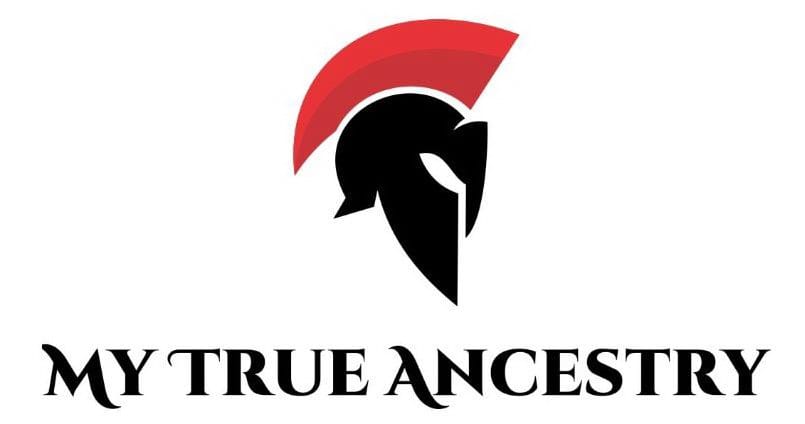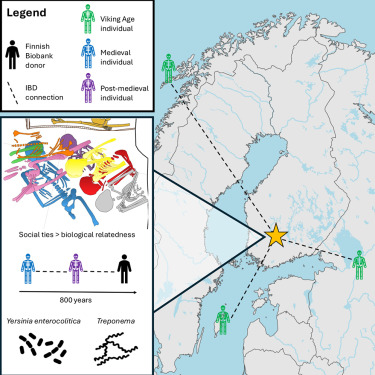Medieval Finland: Insights from Archaeogenetics




In an ambitious endeavor to unravel the past, researchers have dived deep into the strands of ancient DNA extracted from three medieval cemeteries in Finland, shedding light on the genetic continuity and social complexities of our ancestors. The sites in question—Tampere Vilusenharju, Pälkäne Ristiänmäki, and Pälkäne Rauniokirkko—draw a vivid tapestry of Finland's medieval history spanning from the 11th to the early 19th century.
The analysis began at Tampere Vilusenharju, a site with layers of historical intrigue. Here, burials spanned from the 11th to the 13th century, capturing a crucial shift from cremation to inhumation, possibly mirroring the adoption of Christian burial customs. Similarly, Pälkäne Rauniokirkko offers a window from the 13th century to the early 19th century, encapsulating transitions in societal and religious practices. The third site, Pälkäne Ristiänmäki, dating back to the 11th century, completes this archaeological triad that reveals the complex evolution of Finnish mortuary traditions.
These sites, connected by a natural sandy esker, reveal the early medieval transition from cremation to inhumation, mirroring Finland's broader Christianization. The esker served as more than a mere natural formation—it was a bridge of interaction between distant communities 800 years ago. The acidic soils that have often been barriers to bone preservation in Finland made any genetic data from these sites extremely valuable for understanding our ancestors.
Archaeogeneticists discovered fascinating insights into the mobility and interconnectedness of medieval Finland. Using identity-by-descent analyses and genome-wide markers from 25 individuals, the researchers traced genetic continuities, revealing that current Finns share ancient lines with these buried individuals. This genetic continuity indicates that populations in regions like Pirkanmaa have remained relatively unchanged for centuries, showcasing a remarkable biological heritage.
Among the most striking discoveries, two individuals stood out: TMP002, an adult female from Vilusenharju, and PLN004, an adult male from Ristiänmäki, were identified as siblings despite being buried 30 kilometers apart. This finding underscores the complex interplay of migration and familial connections across medieval Finland, emphasizing regional connections likely facilitated by natural pathways such as the historically significant esker linking the sites.
At Pälkäne Rauniokirkko, tightly-packed burials in a confined section narrated a story of emerging social structures amidst Christian conversion. The absence of close familial ties among these interred individuals hints that spiritual or community affiliations could have played a significant role in funeral practices, challenging the notion that bloodlines dominate burial traditions. This arrangement aligns with the adoption of Christian funerary customs, where spiritual kinship may have taken precedence over blood relations.
Kinship analyses reveal how social relationships rather than familial ties influenced burial placements at sites like Rauniokirkko. This mirrors the early medieval transition toward Christian mortuary norms, emphasizing communal bonds formed through faith. Individuals PK005 and PK006, who shared a double grave, showed no genetic closeness, yet their burial arrangement suggests deep spiritual or social connections that transcended biological relationships.
The ancient DNA analyses also peeled back the curtain on the health and vulnerabilities of this populace. Pathogen screening revealed potential afflictions by various bacterial agents, shedding light on the disease landscape in medieval communities otherwise known for their resilience amidst challenging conditions. Through meticulous screenings, researchers identified traces of the Yersinia bacteria, including Yersinia pseudotuberculosis and Yersinia enterocolitica, both capable of sparking serious ailments in agricultural societies due to close proximity to livestock.
Furthermore, genetic clues suggested the presence of Streptococcus species, often linked to common yet disruptive oral infections. One intriguing find involved Treponema pallidum, the agent behind diseases akin to modern-day syphilis, but historically also associated with non-venereal diseases like bejel and yaws. These pathogen finds do more than merely catalogue ancient diseases; they enrich our understanding of the daily lives and challenges faced by medieval agricultural societies in Finland.
The study's findings extend our understanding of Finland's linkages beyond its geographical confines. Y-chromosome haplogroups suggest historic exchanges with Scandinavian peoples, while identity-by-descent analyses showcased a fascinating pattern: most individuals had strong local genetic ties, yet some shared lineage with Viking Age Scandinavians, reflecting a history of mobility and interaction across the Baltic region. These genetic whispers point to a vibrant tapestry of migration and mingling, a time when the north's cultural palimpsest was forever inscribed upon Finland's genetic landscape.
HIrisPlex predictions highlight common traits among these medieval individuals—most likely having blonde or dark blonde hair and blue eyes. Additionally, many possessed the genetic capability for lactose digestion, aligning with dietary habits in their agricultural society. This blend of genetic analysis offers a window into the personal lives of our ancestors, painting a vivid picture of everyday life in medieval Finland.
The methodical examination of kinship revealed a riveting tale of genetic continuity, showing connections and movements within Finland and ties spun between Finland and Scandinavia. These discoveries hint at an interconnected world far richer in dynamics than the mere familial kinship suggested by the graveyards themselves. People once considered nameless harbor stories of life journeys, perhaps marked by movements along the ancient esker now obscured by urban settlements.

Comments